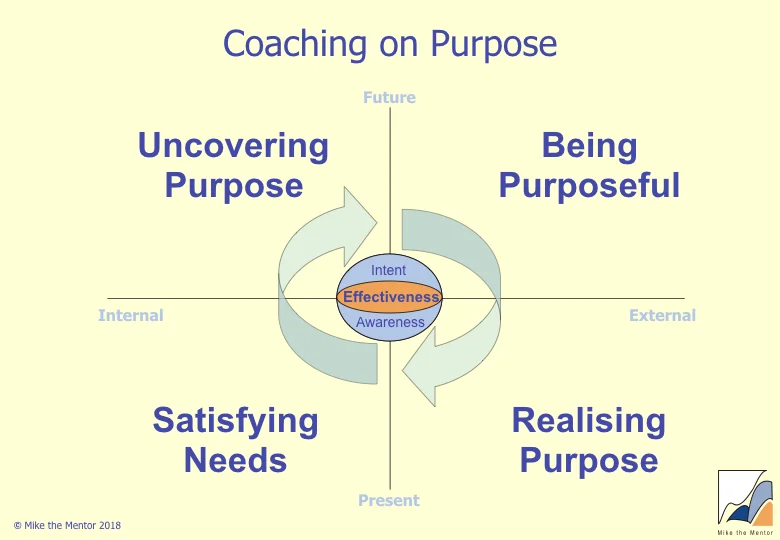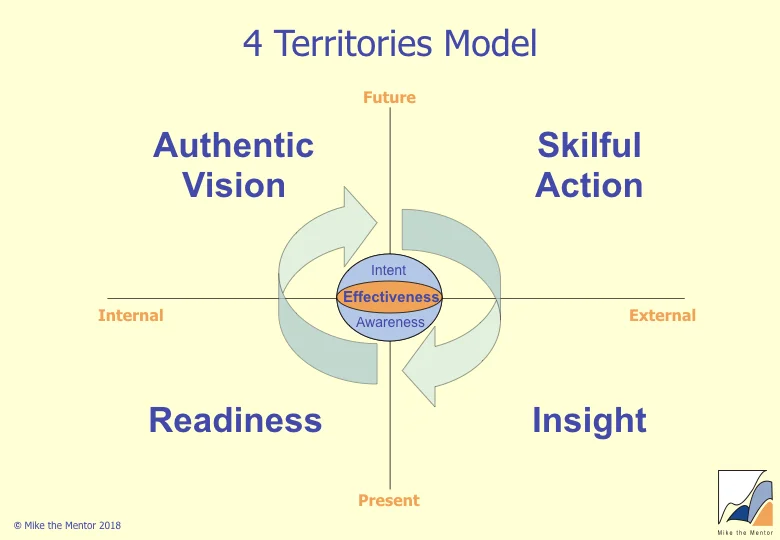Development Stage Frameworks
/You will be familiar with the idea that children move through distinct stages of development and that, for example, a teenager is not just an older more experienced 6 year old but actually sees the world in a completely different way. What you may not be aware of is that this developmental process can continue through adulthood and that there are distinct, recognisable, sequential stages that adults - and hence leaders too - go through.
There are a variety of maps of this territory. And just as conventional maps highlight different aspects of a landscape (transport, geology, relief, vegetation, etc) so too do maps of the development territory take different perspectives. Some of these different perspectives are shown below.
Kohlberg's moral development perspective provides a simple way of orienting to this map, dividing development into three levels which describe how we relate to the conventions and norms of society. At the Pre-Conventional stage a person acts to avoid punishment or out of self-interest; at the Conventional stage they seek to conform to social expectations; and at the Post-Conventional stage they seek to do what they believe to be right, even if this doesn't conform to social convention. As individuals access later level action logics their leadership grows in depth, range and flexibility. The majority of leaders operate from Conventional action logics.
People unfamiliar with the ideas of adult development may relate most easily to Maslow's Hierarchy of Needs. Beck & Cowan's Spiral Dynamics: Mastering Values, Leadership and Change maps the path of development in terms of social value systems and shows what motivates societies, and organisations, as they mature. Rooke & Torbert's Action Logics framework ("The Seven Transformations of Leadership", Harvard Business Review, April 2006) describes how leaders make sense of situations. Unlike the other perspectives outlined here, Barrett's Building a Values-Driven Organization: A Whole System Approach to Cultural Transformation views the levels less as developmental journey where levels are achieved sequentially over time, but more as a choice about which levels of consciousness to put energy into. The most accessible handbook for leaders wanting to explore their development is Joiner and Joseph's Leadership Agility: Five Levels of Mastery for Anticipating and Initiating Change. A short introduction to the Stages of Leadership Development can be found here.










